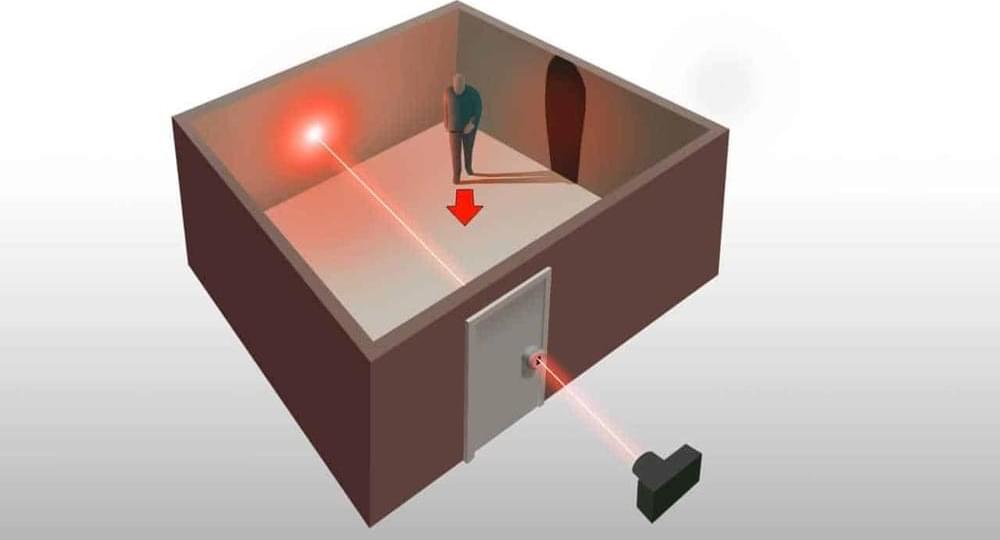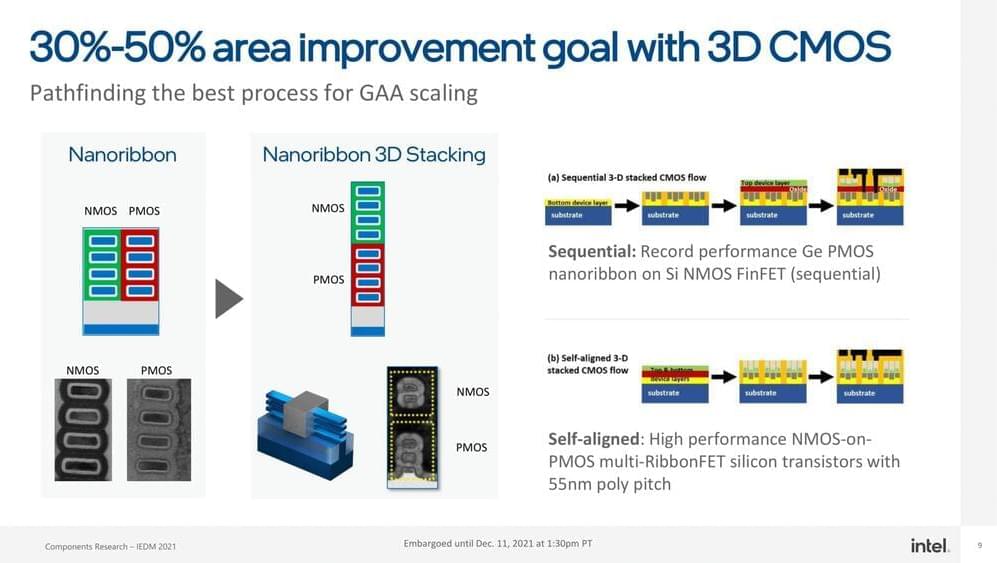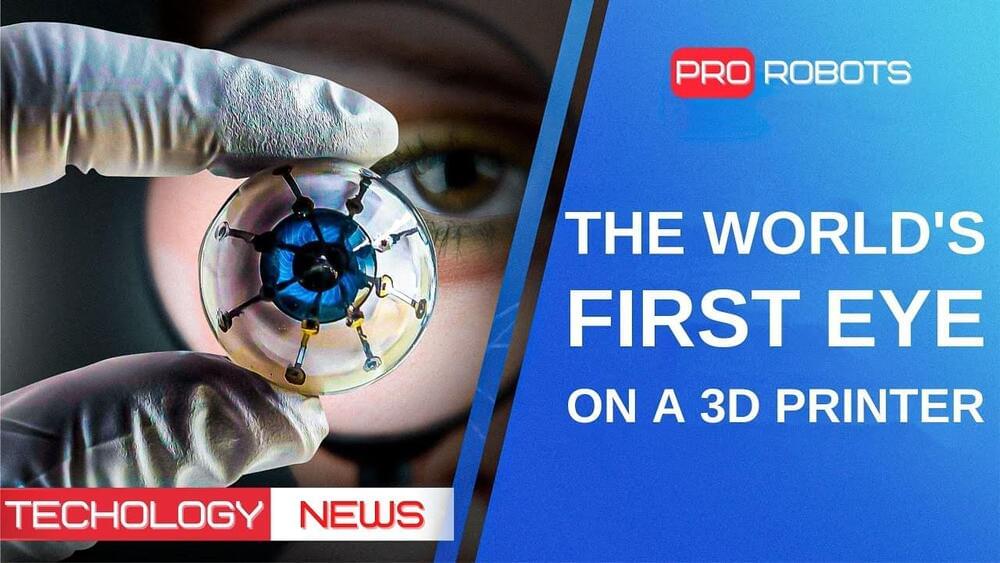Over the past few years, different techniques have made it possible to improve the viewing angles of the cameras, taking advantage of extra functionalities such as lasers. This technology allows the device to track objects moving around corners, even when they are completely obscured from view. The device could be used for search-and-rescue missions or installed on cars to detect incoming vehicles.
Now, researchers at the Stanford Computational Imaging Lab have developed a novel method called non-line-of-sight imaging, or keyhole imaging, that allows you to scan an entire room by simply pointing a laser through the keyhole. A single point of laser light entering a room can be used to see what physical objects might be inside.
Non-line-of-sight (NLOS) technique has been refined by continuous research with it in the lead role, aimed at creating cameras that image objects lying behind corners beyond the field of view. In the past, this technique used flat surfaces, such as walls or floors, that happened to be in the line of sight with a hidden object and a camera. A series of light pulses originating from the camera, usually from lasers, bounce off these surfaces and then bounce off the hidden object before eventually making their way back to the camera’s sensors.









